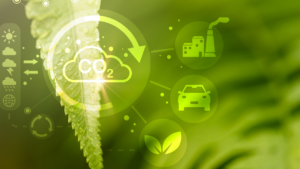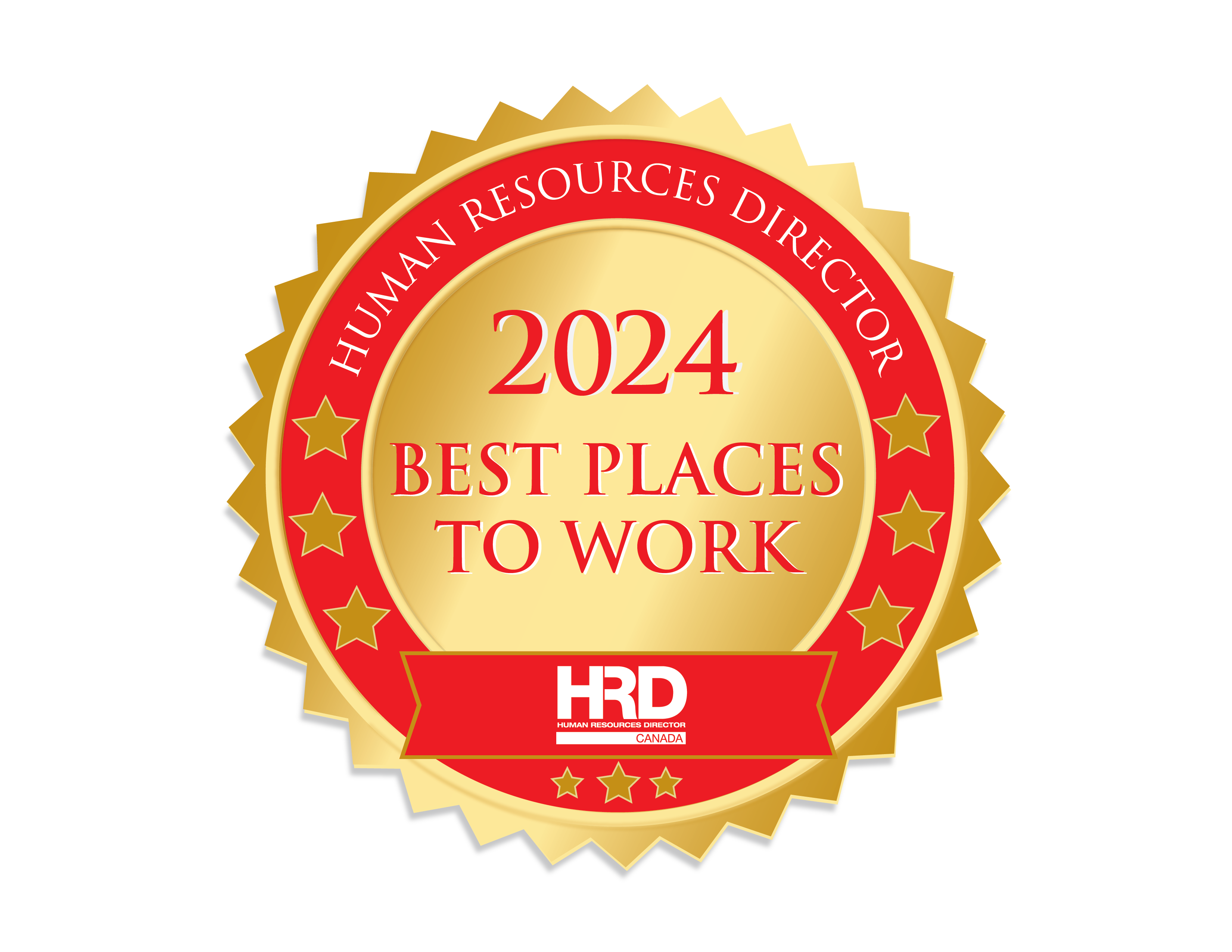What is air quality and why is it important? Let’s talk about it.
What is Air Quality?
The Center for Science Education explains that air quality is assessed using the Air Quality Index (AQI), which relies on the concentration of pollutants found in the air at a specific location. Optimal air quality is described by clear air with minimal solid particles and chemicals. Poor air quality, marked by high pollutant levels, is often hazy and poses risks to both human health and the environment.
Air pollutants are substances such as carbon monoxide, oxides of nitrogen, ozone, sulphur dioxide, hydrogen sulphide, particulate matter (such as dust and smoke), total hydrocarbons and hydrogen sulphide.
Why Does Air Quality Change?
Air quality can constantly change due to the dynamic nature of the atmosphere. These fluctuations can occur on a daily or even hourly basis depending on the location, how air moves through the area and how people are influencing the air.
Human, Wind, and Temperature Influence
Natural sources, such as volcanic activity and dust storms, add some pollutants to the air, but most pollutants come from human activity. Vehicle exhaust, smoke from coal-burning power plants, and toxic gases from industry are examples of human-made air pollutants.
Air quality is also significantly influenced by wind patterns, as they direct the movement of air pollutants. For instance, a coastal region with nearby mountain ranges may experience heightened air pollution during the day when sea breezes push pollutants inland. In contrast, air pollution levels tend to decrease in the evenings when sea winds reverse, carrying pollutants away from the land and out over the ocean.
Temperature has a noticeable impact on air quality. Urban environments tend to experience poorer air quality during the winter season. In colder temperatures, emissions from exhaust sources can become stuck near the surface, trapped beneath a layer of dense, cold air. During the summer months, rising warm air tends to disperse pollutants from the Earth’s surface up into the upper troposphere. However, the increased sunlight during this season can lead to more harmful ground-level ozone.
Air Quality in Calgary, AB.
With ECO Canada’s main office based in Calgary, we are teaming up with Calgary Region Airshed Zone (CRAZ) to learn more about our city’s air quality. CRAZ monitors, analyses, and provides information on air quality and develops strategies to manage issues within the Calgary Regional Airshed Zone. The organization’s mission is to have air quality that is not harmful to human health or the environment.
As of September 2023, Calgary had experienced 476 “smoky hours” in 2023, according to an employee at the weather agency, which added that this year has been the smokiest one on record for Calgary.
What can we do to help?
- Conserve Energy. By reducing your demand on the power generating stations you will help reduce the amount of NO2 emitted. Also, consider finding alternative forms of transportation (eg: walking, biking, public transit, carpooling) or plan your outings in order to minimize your overall travel distance. Do not allow your vehicle to idle for long periods (eg: car starters).
- Support alternative fuels. Utilizing ‘Greenpower’, like wind, and solar power will reduce the amount of NO2 being generated.
- Properly insulate your house and body.
- In the dry summer months, be mindful of outdoor fire starters, such as smoking, grilling, or bonfires, and respect rules during a fire ban.
Join us for a free event to learn more!
If you would like to learn more about Calgary’s air quality (hands-on!) then join us on November 2, 2023, for a trip to CRAZ’s Inglewood facility!
This workshop starts at the Kahanoff Centre in Calgary, then off to CRAZ. You’ll see the amazing work they do to keep our air fresh and clean! We hope to see you at this impactful event, fostering collaborative efforts toward sustainable and effective air quality management in Alberta. Click here to register.





